The presence of women in the world of architecture has been a narrative marked by challenges, notable achievements, and persistence in a field historically dominated by men. From ancient times to the contemporary era, women have left a significant mark on architecture despite facing structural and social obstacles.
In ancient civilizations, traces of women who challenged gender conventions to leave their mark in architecture are recorded. Although their influence is often underestimated, figures like Enheduanna, a Sumerian priestess and poetess, stand out for their participation in temple construction, contributing to both religious and architectural spheres.
In ancient Greece, figures like Aspasia, recognized for her intelligence and eloquence, challenged gender boundaries by influencing architecture and philosophy. Though primarily known for her association with influential leaders, her influence extended to creative and architectural spheres, albeit with scarce specific evidence. This period marked an incipient moment of change where some women transcended assigned social roles and contributed to intellectual and creative disciplines.
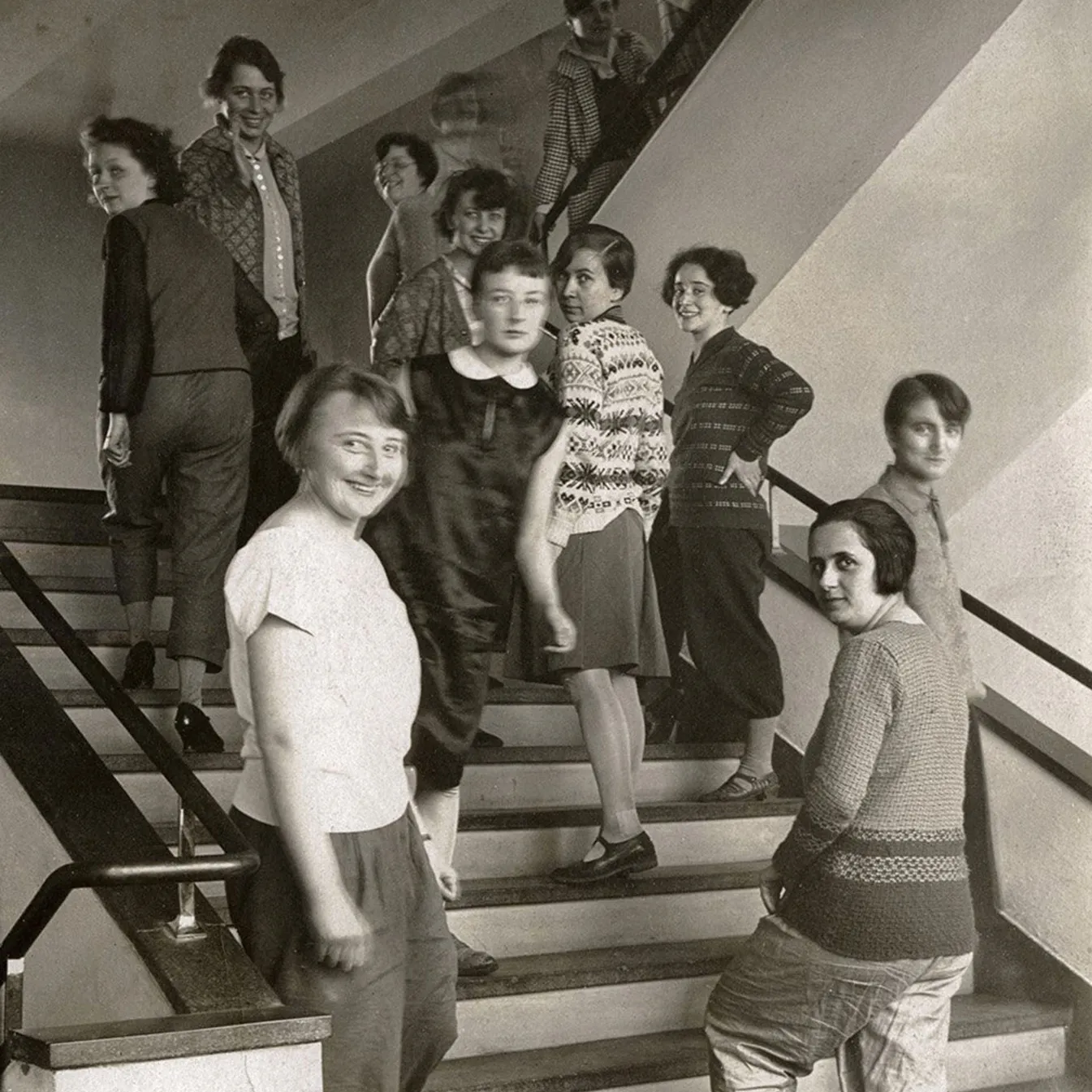
Bauhaus Girls, on the stairs of the Bauhaus in Dessau, 1927. Courtesy of T. Lux Feininger, Bauhaus-Archiv, Berlin
Early architectural history also reveals women like Artemisia Gentileschi in the Italian Renaissance, renowned for her artistic talent but with a lesser-known contribution to architectural design. Her creativity and skills in visual arts served as a catalyst to challenge gender expectations, although her influence in architecture has been largely overshadowed by her male contemporaries.
These historical fragments, often relegated to the peripheries of traditional narratives, point to a constant: women challenging societal limitations to leave their imprint on architecture. Despite the lack of precise details, these emerging figures represent a beginning in the narrative of women who have contributed to architecture from its early days—a story that is still being discovered and reevaluated today.
Throughout history, women encountered institutional and cultural barriers that limited their participation in formal architecture. Despite this, prominent figures like Sophie Taeuber-Arp, an influential Swiss artist and designer, defied the conventions of her time and contributed with her innovative vision to architecture and design.

Composition with circles and semicircles, 1938. Sophie Taeuber-Arp
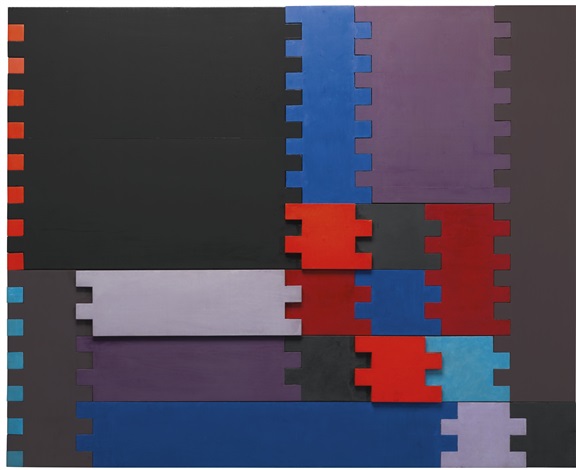
Vertical-horizontal composition, 1963. Sophie Taeuber-Arp
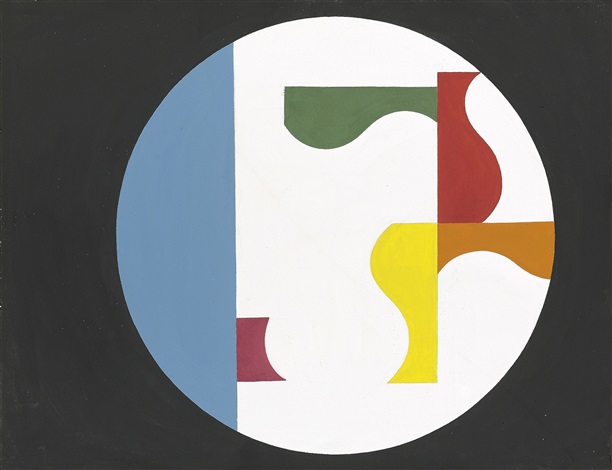
Composition with circles and semicircles, 1938. Sophie Taeuber-Arp
While Sophie Taeuber-Arp wasn’t an architect in the conventional sense, her influence in architecture lies in her multidisciplinary approach and her ability to integrate art into diverse forms of creative expression. Her work in textile design and explorations in abstract and geometric art impacted the conception of architectural spaces and interior decoration. Taeuber-Arp had a holistic vision of art and design, and her focus on geometric abstraction and the use of simple forms and vibrant colors influenced the aesthetics of modern architecture. Her textile designs, with geometric patterns and bold colors, could be applied in tapestries, curtains, or claddings to enrich the aesthetics of architectural spaces.
Moreover, her collaboration with contemporary architects and artists, as well as her focus on integrating art into everyday life, laid the foundation for the idea that design and art could complement and enrich the architectural experience.
The 20th century witnessed a gradual shift in the perception of women in architecture, although challenges of gender equality persisted. Architects like Zaha Hadid, known for her distinctive and visionary style, emerged onto the global architectural scene, challenging stereotypes and opening doors for future generations of women in the field. The modern architecture movement has witnessed increased participation and recognition of other women in the field. Some notable examples illustrating this evolution include:
Eileen Gray: An Irish architect and designer known for her pioneering work during the modern era. Gray challenged the conventions of her time and produced innovative and avant-garde designs. Her most famous work is the E-1027 House, a modernist villa in southern France, known for its functional and aesthetic approach to interior design and furniture.
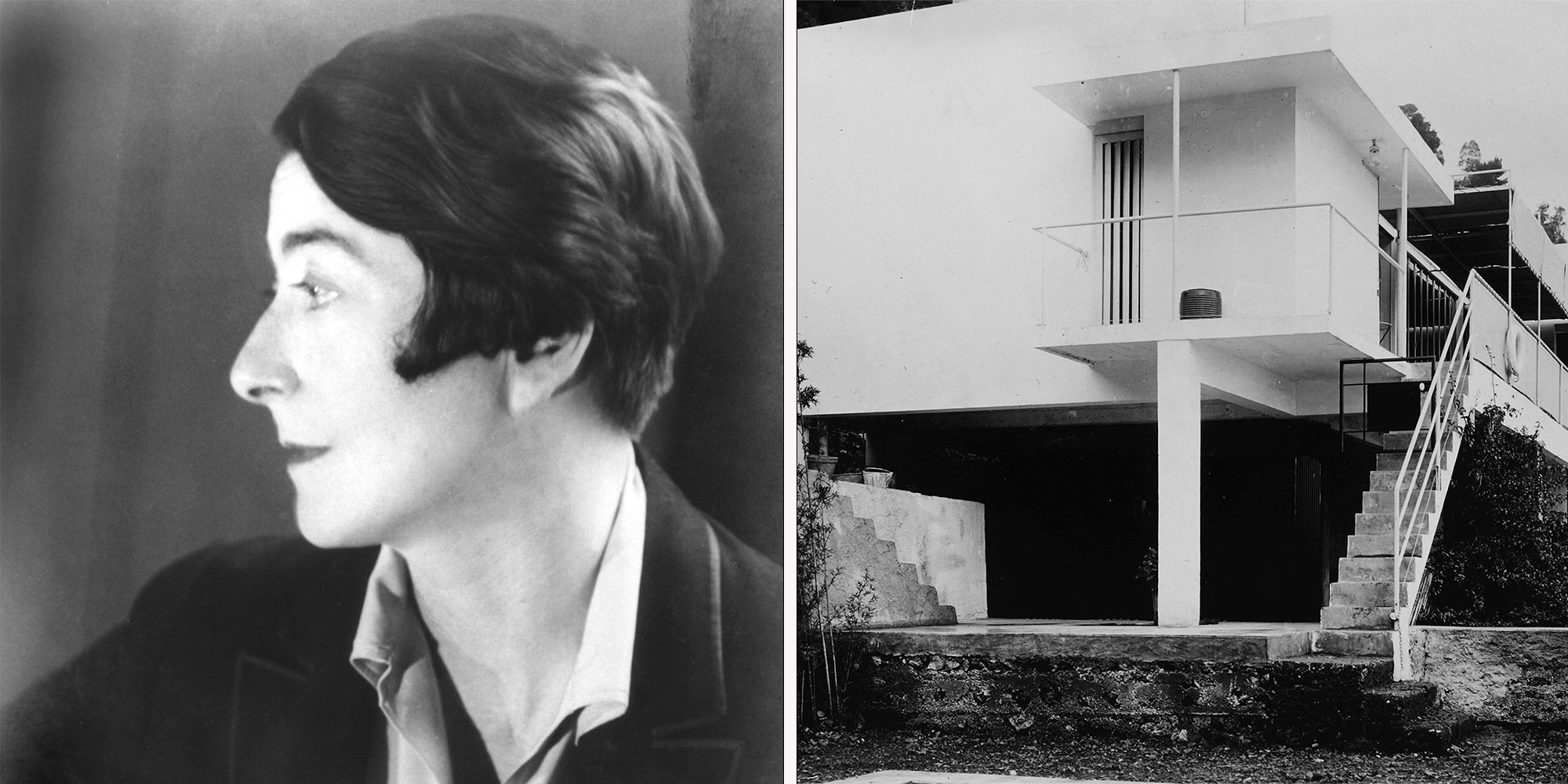
Eileen Gray, the pioneering creator of the modern movement in a unique exhibition. Courtesy of the National Museum of Ireland.
Ray Eames: Alongside her husband Charles Eames, Ray was an influential figure in 20th-century modern design. Her work in furniture design, especially the Eames Lounge Chair, became an icon of modern design. Although her husband often receives more recognition, Ray was a talented designer and an integral part of the creative team.
Denise Scott Brown: An architect and urban planner who played a crucial role in the theory and practice of modern architecture. Alongside her husband, Robert Venturi, they were pioneers in the postmodern architecture movement. Despite her contributions, Scott Brown has struggled to receive the same recognition as her husband, leading to debates about the visibility of women in architecture and the acknowledgment of their work.
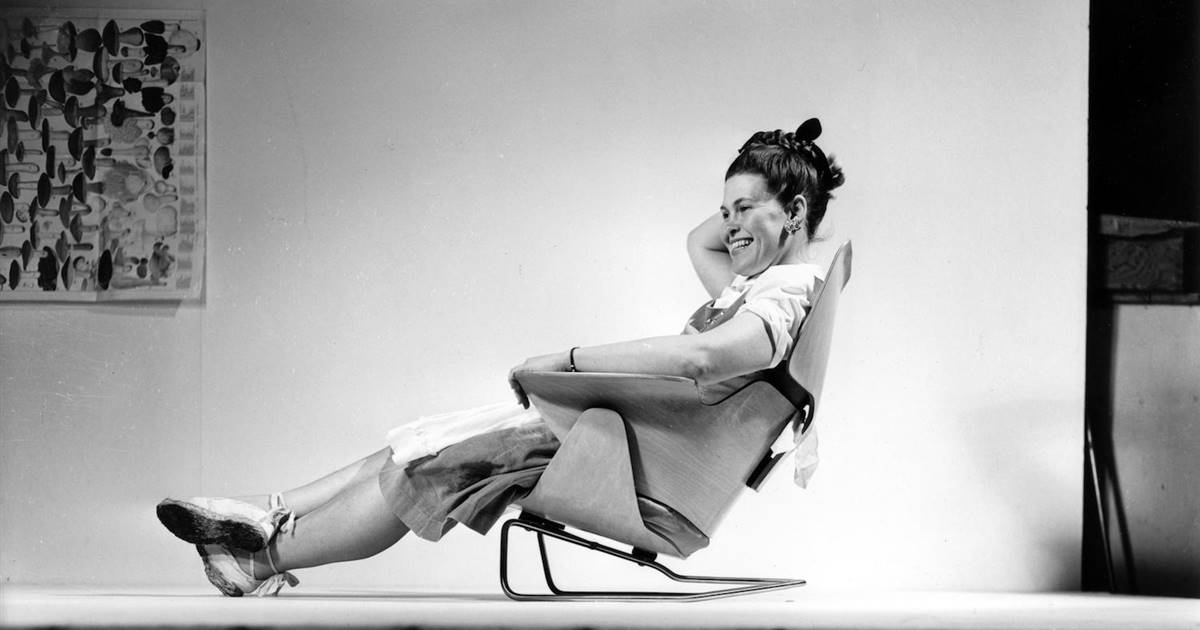
Ray Eames, the American designer, revolutionized the home with her colorful chairs and organic shapes. Courtesy of Architecture and Design

Denise Scott Brown, the visionary architect, revolutionizes urban design with innovation and boldness. Courtesy of Robert Venturi
These examples represent just a small sample of influential women in the modern architecture movement. Despite challenges and a lack of widespread recognition, their work has been fundamental in shaping contemporary architecture and has significantly contributed to architectural design and theory.
During the 1980s and 1990s, women in architecture continued to challenge gender barriers and make significant strides in the field. These decades marked a period of change in the perception of women in architecture, although challenges persisted in terms of equal opportunities and professional recognition.
Zaha Hadid: Recognized as one of the most influential architects of the 20th century, Hadid challenged architectural conventions with her distinctive and avant-garde style. During the 1980s and 1990s, she began gaining recognition for her groundbreaking work, although she faced difficulties in realizing many of her visionary designs in her early years.
Marion Mahony Griffin: While her career began much earlier, her work began to be more recognized in these decades for her fundamental role in urban planning design and development. Griffin was one of the first women to graduate as an architect in the United States and collaborated with her husband, Walter Burley Griffin, on iconic projects.

Capital Hill Residence, near Moscow, Russia (2018) – Zaha Hadid. Courtesy of OKOGroup
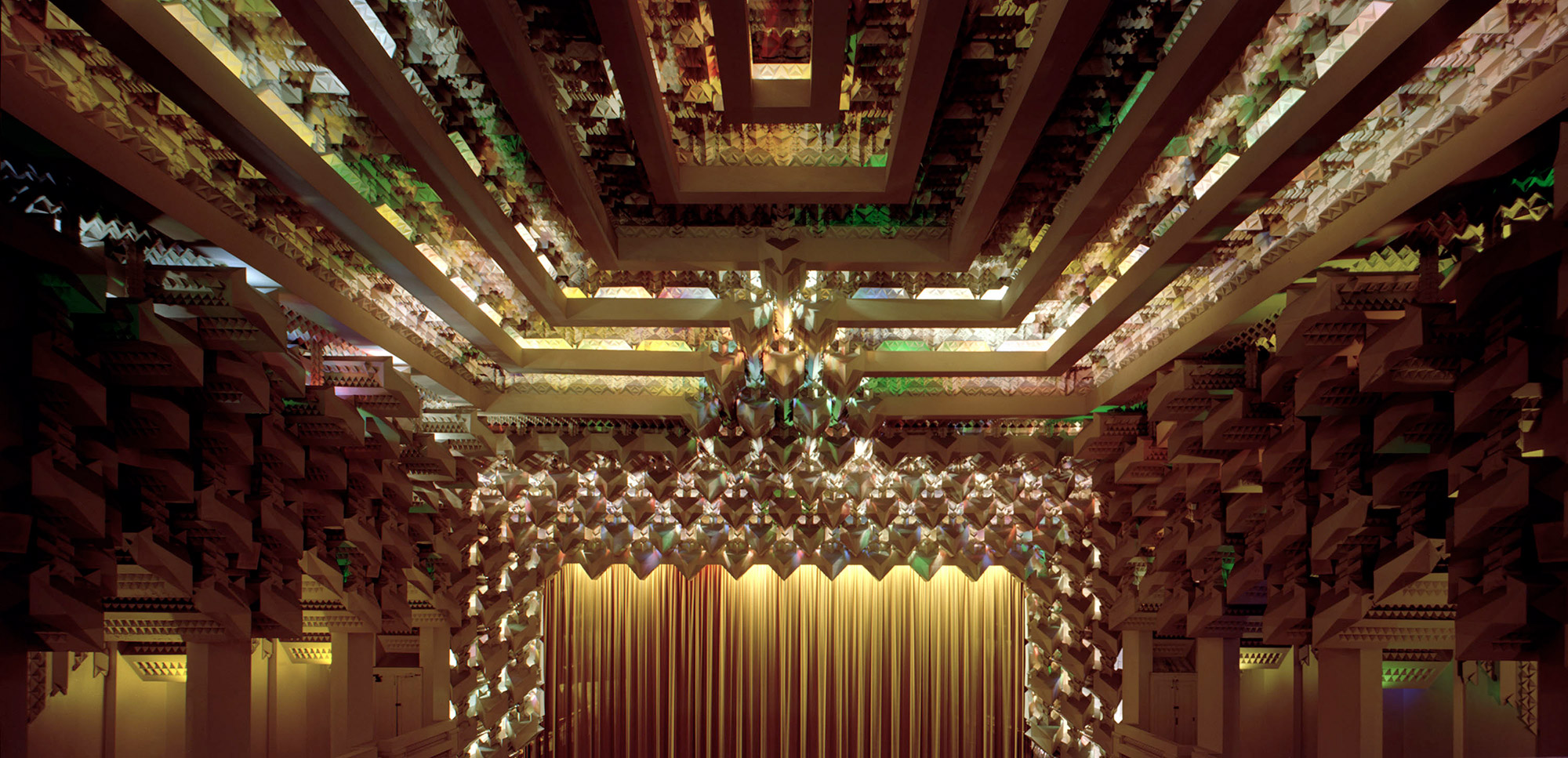
Capitol Theatre, Melbourne, Australia (1924) – Marion Mahony Griffin. Courtesy of John Gollings
Kazuyo Sejima: In the 1990s, Sejima became a prominent figure in Japanese and international architecture. Her focus on simplicity and the integration of interior and exterior spaces has significantly influenced contemporary aesthetics.
Tatiana Bilbao: Though she emerged later, in the transition between the 1990s and the 2000s, Bilbao stood out for her focus on sustainable and contextual architecture. Her work reflects an intimate connection between architecture and the natural environment, advocating for designs that respond to social, cultural, and environmental needs.

Inujima Art House Project, Okayama (2013) – Kazuyo Sejima. Courtesy of Iwan Baan

Los Terrenos, San Pedro Garza, Mexico (2016) – Tatiana Bilbao. Courtesy of Rory Gardiner
Despite persistent challenges in terms of gender equity, women have continued to inspire with their visionary designs, multidisciplinary approach, and ability to integrate art, functionality, and context into their works. Recognizing the work of women in architecture is essential, not only for justice and equality in the profession but also to enrich the diversity of perspectives, styles, and approaches in shaping our built environment.
The narrative of women in architecture is a story of perseverance, innovation, and significant contributions that deserve to be celebrated, valued, and promoted. Inclusion and full recognition of female talent in architecture are fundamental for the ongoing development and evolution of a discipline that reflects the diversity and richness of ideas in an ever-changing world.


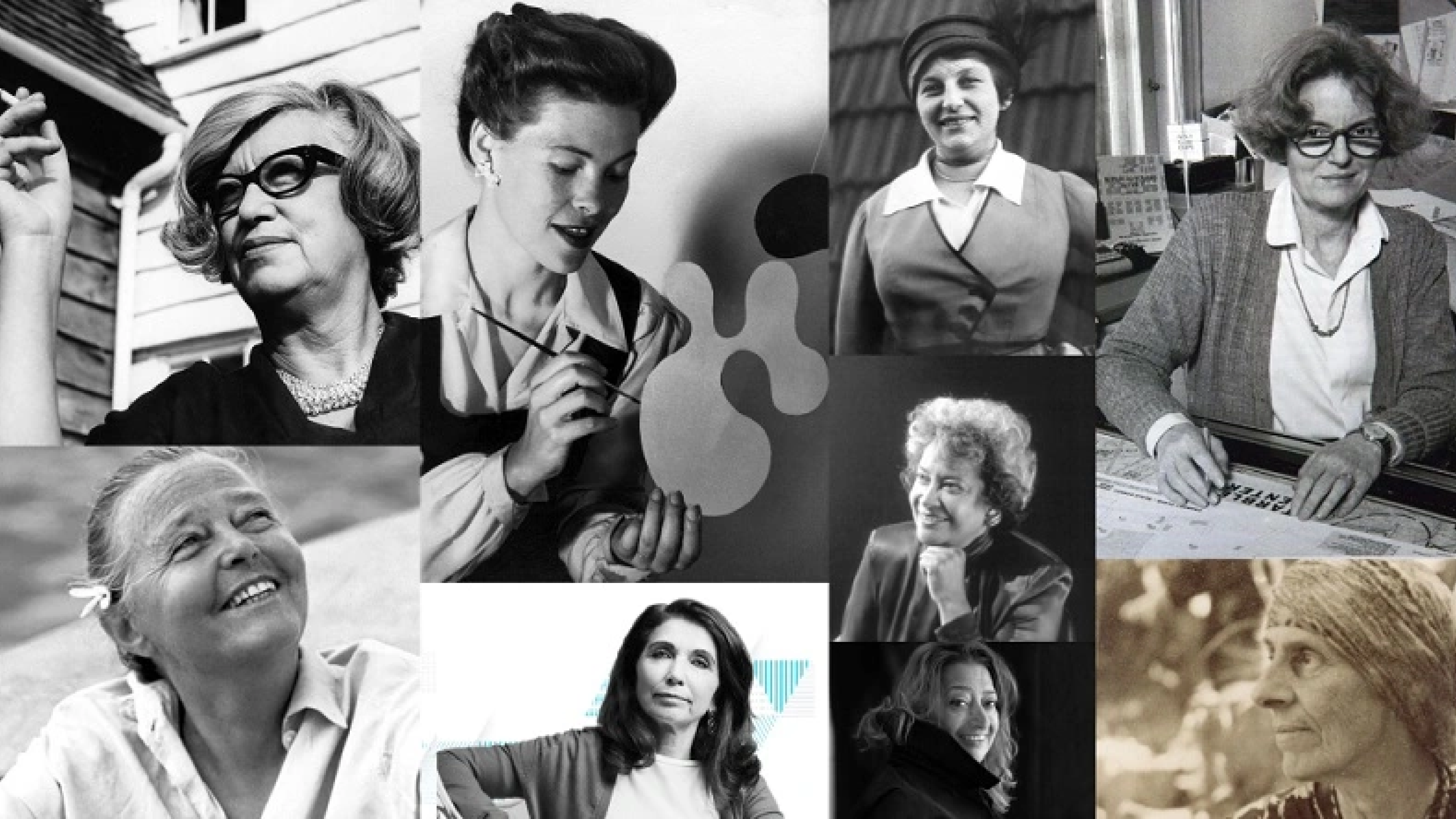

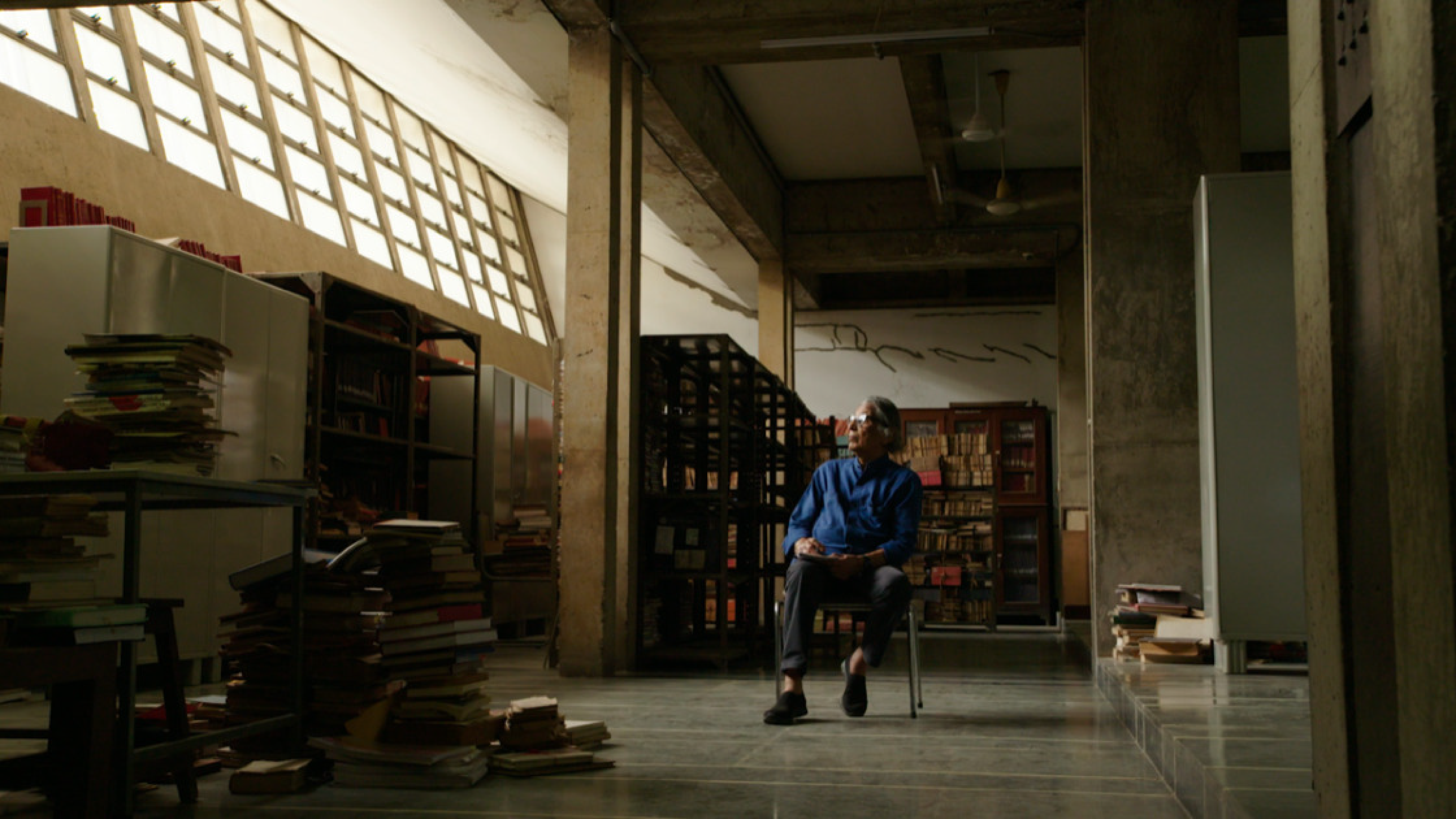


Leave A Comment